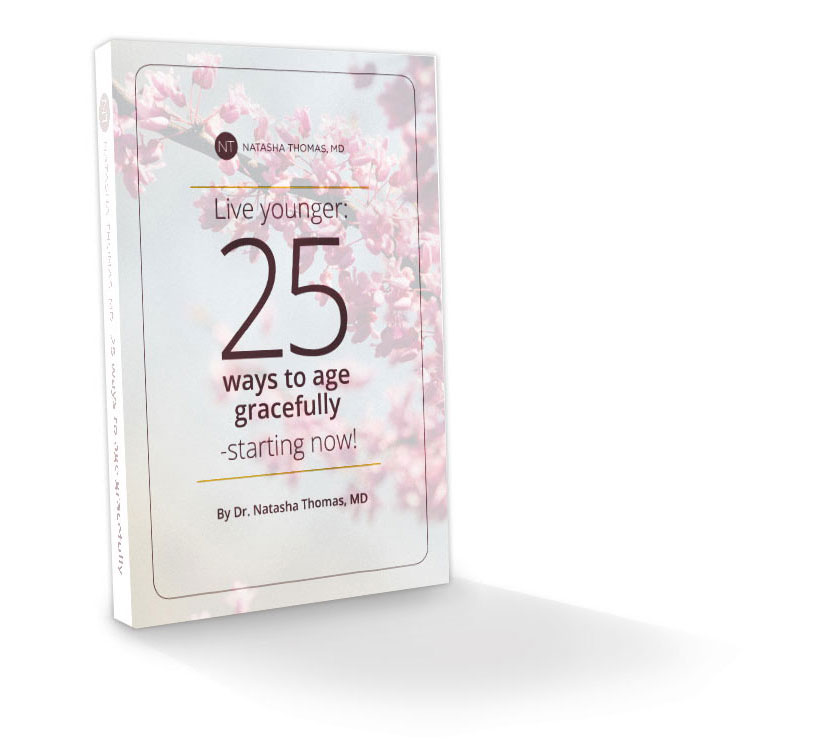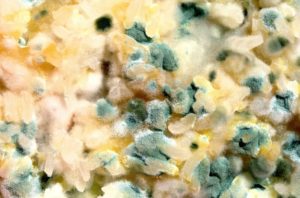Posted on: November 7, 2018
Years ago, I suffered from what I started calling a “mystery illness.” I was struggling with debilitating symptoms like chronic exhaustion, brain fog, pain and depression, but my doctors couldn’t figure out what was causing them. No one knew what to do.
I had to become a health detective. Eventually, after doing a lot of digging, I found an unexpected potential cause for my symptoms—biotoxins. Biotoxins are hazardous organic substances, and the most common biotoxin is mold.
When I underwent treatment for exposure to mold, I experienced a remarkable change in my health. My symptoms improved dramatically, and I was able to engage more fully in life for the first time in years. Since then, I have made biotoxin treatment a centerpiece of my own medical practice.
Might mold be a problem for you?

If you’re struggling with chronic disease, I would strongly suggest considering mold as a possible cause or contributing factor. Regular exposure to mold and its byproducts is always detrimental to your health no matter how strongly you may be affected.
Why? Mold is poisonous and causes chronic inflammation in the body. Inflammation is the swelling and reddening of tissues, and occurs as part of your body’s immune response. When it occurs over short periods of time, inflammation is normal and not a problem. However, when it becomes chronic, inflammation lays the groundwork for many, if not most chronic diseases.
The technical term for underlying inflammation caused by biotoxin exposure is chronic inflammatory response syndrome, or CIRS.
What to look for? Symptoms of CIRS or exposure to mold and other biotoxins include:
- Fatigue
- Depression
- Digestive problems
- Brain fog
- Joint and muscle pain
- Numbness
- Abdominal pain
- Aches
- Cramping
- Blurred vision
- Mood swings
- Headache
- Icepick-like pains
- Frequent urination
- Heavy thirst
If you suspect you could be dealing with CIRS or mold exposure, I highly recommend finding an integrative or functional medicine doctor to help you heal. If you can, I specifically suggest finding a doctor who has been certified in the Shoemaker Protocol, a comprehensive approach to treating CIRS. I use the Shoemaker Protocol with my own patients.

Enjoying this article?
Subscribe + don’t miss the next one!
We’ll also send you our e-book: Live Younger 25 Ways to Age Gracefully—Starting Now.
Testing for mold in your home or office environment
To truly solve your mold situation, you also need to address the source. Typically, that means your home. Mold can occur anywhere, but is especially important to rule out if you’re living in a humid region, or in a building that has experienced flooding or water damage. Mold doesn’t discriminate—it can be found in both older buildings and new construction.
To ensure your home is safe to live in, you’ll need to have it tested, and any mold removed.
How to start that process? Well, as a rule of thumb, if you smell mold in your home, you’ve got a problem. However, for the sort of sophisticated, detailed testing you’ll need to really pin down where all the mold is, I highly recommend working with an indoor environmental professional. While you can perform some tests yourself, the results tend to be much more accurate and useful when the testing is done by a skilled professional.
However, there is a wide range of quality when it comes to companies that test for mold. Some companies simply do a walkthrough of your home and take an air sample. While this can be helpful, it is often insufficient to determine whether mold is actually present. A cursory visual inspection will likely miss mold that is growing inside the walls or is otherwise obstructed from view, while an air sample may fail to detect heavier strains of mold with spores that fail to stay airborne for extended periods of time. This includes the infamous black mold, which is often not detected by air sampling.
Likewise, another common testing procedure, called ERMI (short for environmental relative moldiness index) is useful, but often not enough to give you a truly accurate picture of the mold situation inside your home. ERMI examines DNA found in dust samples taken from around your house. However, ERMI testing can involve just a single test kit that combines samples taken from all over your home. This glosses over the fact that mold levels might vary significantly from room to room.
The quality of the lab that analyzes ERMI test kits also matters a great deal. Less expensive labs cut corners on analysis, and tend to produce inaccurate results.
If you’re in the process of buying a home, the home inspector will likely have certified that the home is mold-free. However, as home inspectors are not mold specialists, they may well miss hidden mold issues. It’s a good idea to get a property examined by an expert before you buy or sign a lease.
So, you want to work with someone who really knows their stuff. But how do you know who to hire? Here’s what to consider.
- Does the company specialize in mold? Different indoor environmental professionals have different specialties. Check to make sure the company you’re hiring has expertise specifically in dealing with mold.
- Do they perform several different types of mold testing? You want a company that tests for mold using more than one method. For example, air sampling, visual inspection, ERMI and what’s called cavity sampling—drilling into a wall to check for interior mold. They may also use infrared cameras or moisture detectors to look for hidden sources of mold.
- Do they use a high-quality lab? Is the company sending their lab tests to a quality lab for analysis? This can make a big difference. Ask your indoor environmental professional what lab they use. I personally recommend Mycometrics and Envirobiomics, although there are other excellent labs as well.
- Do they have time to spend on your case? Testing for mold is rarely simple, and usually involves retests as well. This takes time and a willingness on the part of the testing company to really dig in. A quality indoor environmental company will do a thorough site visit before quoting you a price for testing your home.
- Do they test different areas of your home? A good inspection looks all over your home for the presence of mold. This means dividing your house into regions, and performing independent tests in each region—for example, individual ERMI tests in each of your kitchen, living room, basement and bedroom. It is also a good idea to test for mold in your yard or outside of your house, to get a sense of what the baseline mold levels in your area are.
- Do they look for sources of mold? Mold is usually caused by exposure to water. Your home should be checked for water damage, but also for current leaks—anything from plumbing to clogged gutters can be providing a source of water that fuels mold growth.
- Are they certified? You want to work with an inspector who has one of the following certifications: CIEC (council certified indoor environmental consultant), CMI (certified mold inspector), or CMC (council certified microbial consultant).
- Do they understand the health implications of mold? Ideally, your indoor environmental professional will have some understanding that mold can cause major health problems, and be open to collaborating with your doctor to help you heal.
Once you’ve found an indoor environmental professional you trust, you’ll need to have them test your home. If the test results come back positive, you’ll then need to work with a remediation company to actually clean the mold out, address the source of moisture, and make your home safe again. The company that tested your home should be able to recommend a good remediation company. Once the mold has been removed, you’ll need to have your home tested again to be sure it’s all gone.
This process typically takes time, and can involve multiple rounds of remediation and testing. At the same time, you’ll want to work with your integrative or functional medicine doctor to heal any damage that mold exposure has done to your body.
Enjoying this article? Subscribe + don’t miss the next one!
We’ll also send you our e-book: Live Younger 25 Ways to Age Gracefully—Starting Now.
I know from firsthand experience that tackling mold can feel overwhelming. But if you’re willing to take it one step at a time, and work with experts who fully understand the problem, treating your home and your body for mold exposure can make a big difference and lead to dramatic improvements in your health!
For more information on mold, I suggest checking out https://www.survivingmold.com. There, you can also look up a list of doctors certified in the Shoemaker Protocol.
Click here to schedule a consult with Dr. Natasha Thomas for individual guidance to support you today!


